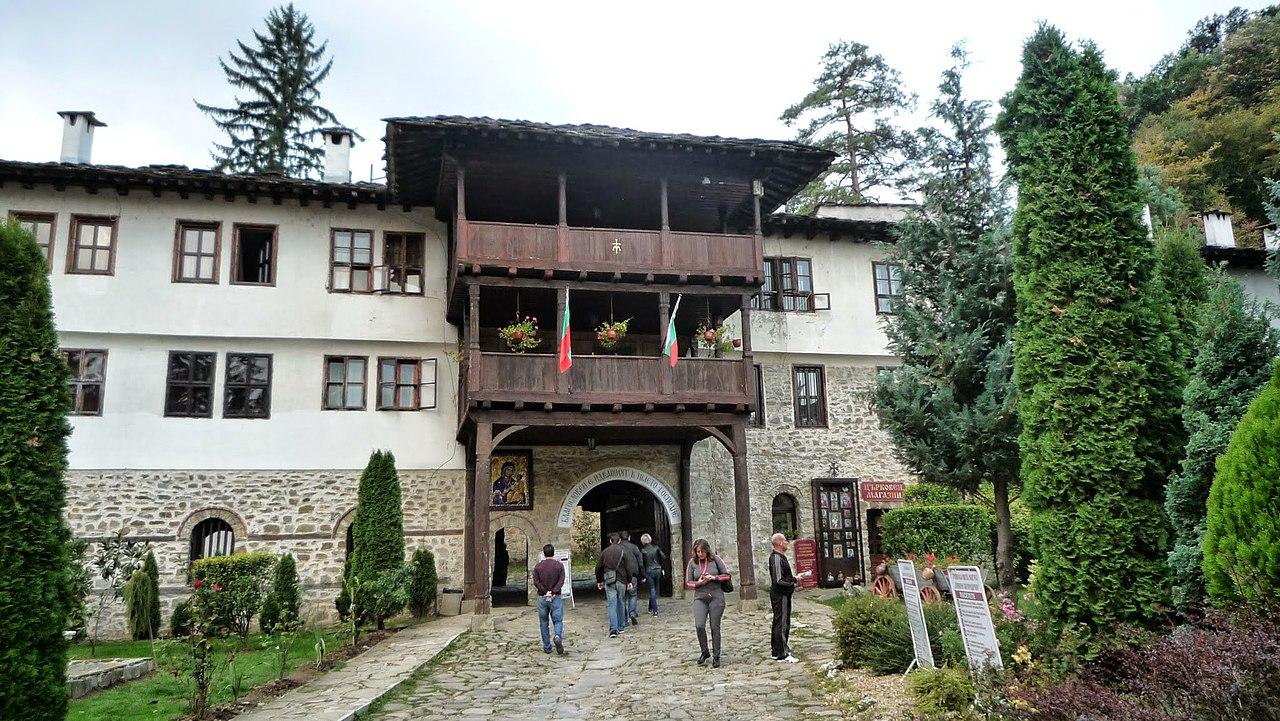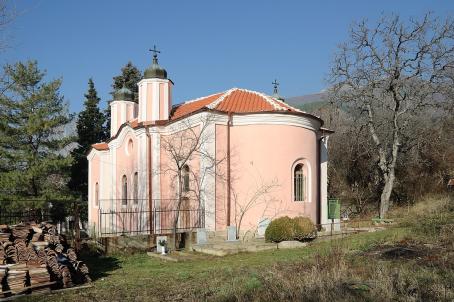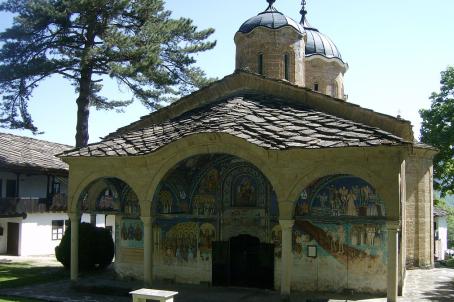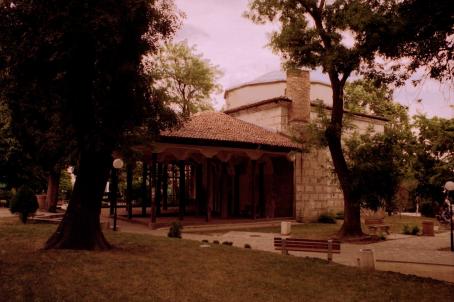Troyan Monastery

Although less well known than the Rila Monastery or the Bachkovo Monastery, the Troyan Monastery is a popular destination for religious tourism in the Balkans. The monastery was built at the turn of the 16th to 17th century and houses one of the most treasured icons of the Bulgarian Orthodox Church: the Three-Handed Virgin.
About this building
In the 17th century, it became home to the Three-Handed Virgin, an important Orthodox icon who was believed to perform miracles. From that moment on, the Monastery of Troy began to gain relevance as a popular pilgrimage destination. The religious community also began to grow with the arrival of new hermits.
The monastery fits into the Bulgarian Renaissance style, as some of its extensions and reconstructions were carried out after the end of Ottoman rule, during the period known as the Bulgarian National Revival. The frescoes in the monastery and church were painted between 1847-1849 by the renowned Bulgarian artist Zahari Zograf.





